
Kathmandu Tops Global Pollution Charts Amidst Nationwide Forest Fires
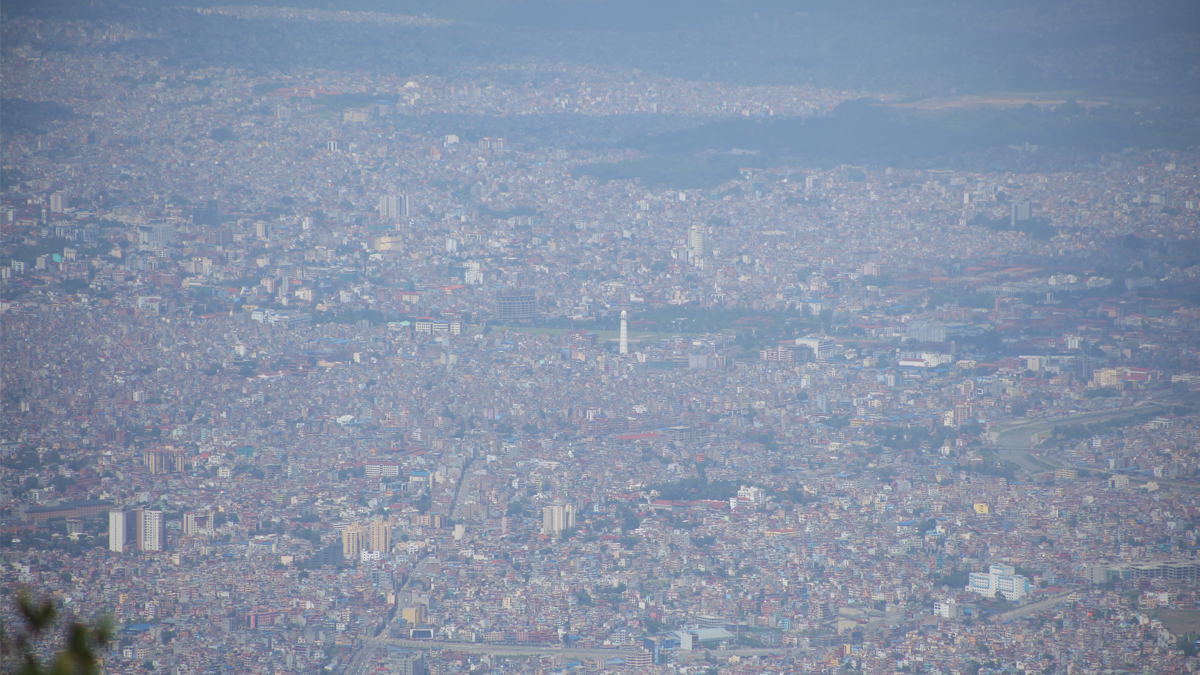
The Kathmandu Valley finds itself engulfed in a thick haze as air pollution levels soar to alarming heights following a series of forest fires that have ravaged the nation in recent days. According to the Air Quality Index (AQI), Kathmandu has surged to the dubious distinction of being the most polluted city globally, recording an AQI of 200 this afternoon.
Tara Dutta Bhatta, Deputy Director General of the Department of Environment, has pointed to the evident influence of the widespread forest fires on the air quality of various cities, with Kathmandu bearing a significant brunt. “The air pollution of Kathmandu had also increased a few weeks ago. It becomes more polluted today,” Bhatta remarked, underscoring the expected escalation in pollution until the forest fires are brought under control.
Disaster Management expert Dr. Dharma Raj Upreti shed light on the severity of the situation, outlining the AQI thresholds for assessing air quality. He emphasized that values exceeding 150-200 mark a hazardous level, necessitating urgent intervention.
The Air Quality Management Action Plan for Kathmandu Valley, 2076, identifies an AQI surpassing 300 as a full-blown disaster. Recommendations within the plan include measures to curb garbage burning, augment the use of brooms and vacuums for street cleaning, and issue public advisories to vulnerable demographics such as children, seniors, and patients.
Additionally, the National Environment Policy of 2076 BS underscores a commitment to establish and enforce national standards aimed at curbing pollution across various domains including air, water, soil, and sound. The strategy envisions the establishment of quality measurement centers in high-risk areas, including major cities and industrial zones, to monitor and mitigate pollution levels effectively.
- PM Oli Hails Thailand Visit and BIMSTEC Summit Participation as Fruitful and Impactful
- PM Oli Vows to Deepen Nepal-India Relations Following Productive Talks with Indian Counterpart
- Kathmandu Chokes on Toxic Air as Health Concerns Mount
- Myanmar Earthquake Death Toll Surpasses 3,300, UN Calls for Global Support
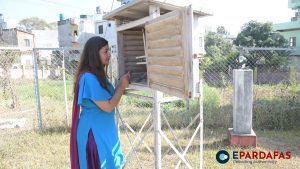

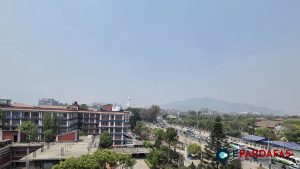
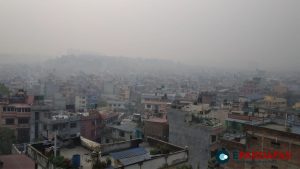

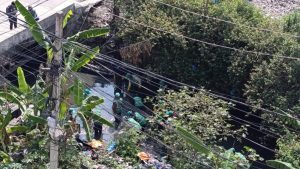






Comments